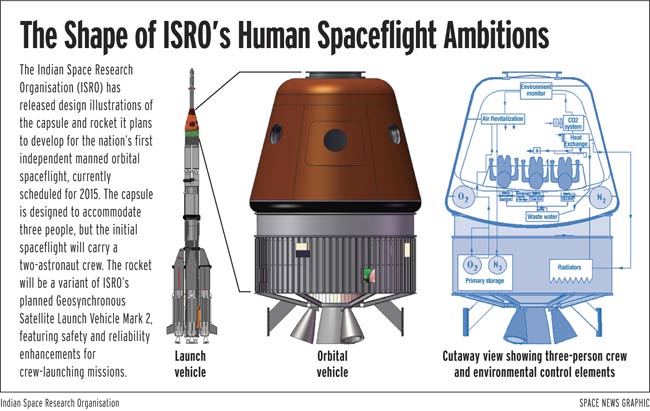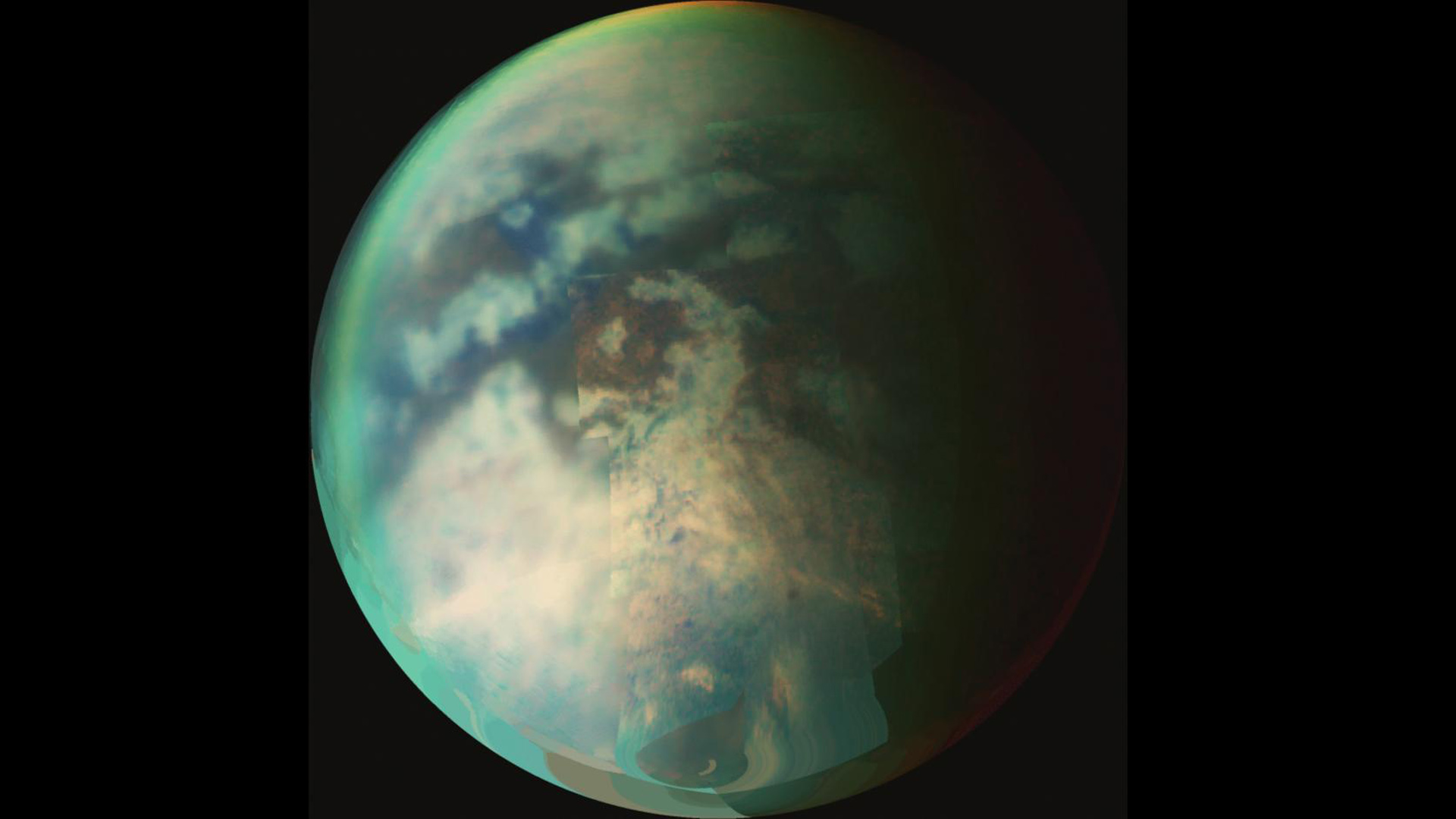India Boosts Space Budget

The Indian Space Research Organization (ISRO) will receive57.78 billion rupees ($1.25 billion) for 2010 — a 38 percent increase over lastyear — under the budget approved Feb. 26 by India's Parliament.
The bulk of the funding,some 21 billion rupees, will go to launch vehicle technology development, whilesatellite technology development will receive 10 billion rupees, a 45 percentincrease over the 2009 level.
ISRO's mannedspace program will receive 1.4 billion rupees for the new budget year,which begins April 1, to continue development of a space vehicle designed tocarry two astronauts to a 250-mile (400-kilometer) orbit and return them safelyto Earth, according to ISRO documents.
ISRO spokesman S. Satish said Feb. 26 that the money willpermit the space agency to begin preliminary research and developmentactivities leading to detailed definition of the manned mission.
Other ISRO budget highlights include:
• 2.5 billion rupees for continued development of aso-called semi-cryogenic rocket that will use kerosene fuel.
• 1 billion rupees for Chandraayan-2, a follow-on to India'srecently completed lunarorbiter mission that will be conducted jointly with Russia.
Breaking space news, the latest updates on rocket launches, skywatching events and more!
• Continued funding for Aditya, a sun-observing satelliteslated for launch in 2012 and billed as India's first space-based solarcoronagraph.
- Video — Chandrayaan-1: India's First Moonshot
- India Slams Probe into the Moon
- VoteNow — The Best Manned Spacecraft

SpaceNews is a comprehensive source of news and analysis of the companies, agencies, technologies and trends shaping the global space industry. They work to deliver timely, accurate and engaging coverage of civil, military and commercial space programs. SpaceNews.com delivers essential coverage to a growing audience of more than 500,000 space professionals and enthusiasts.
